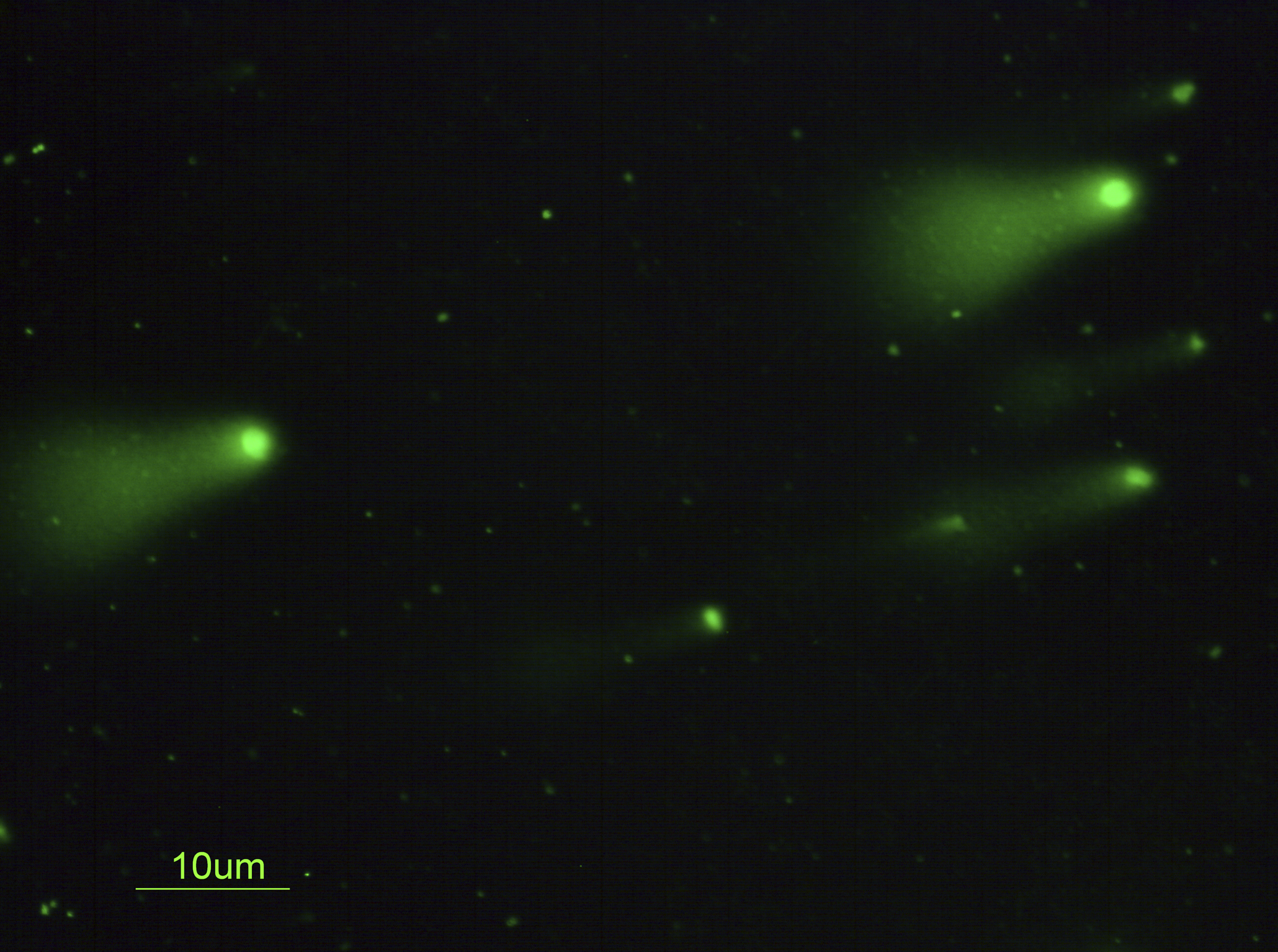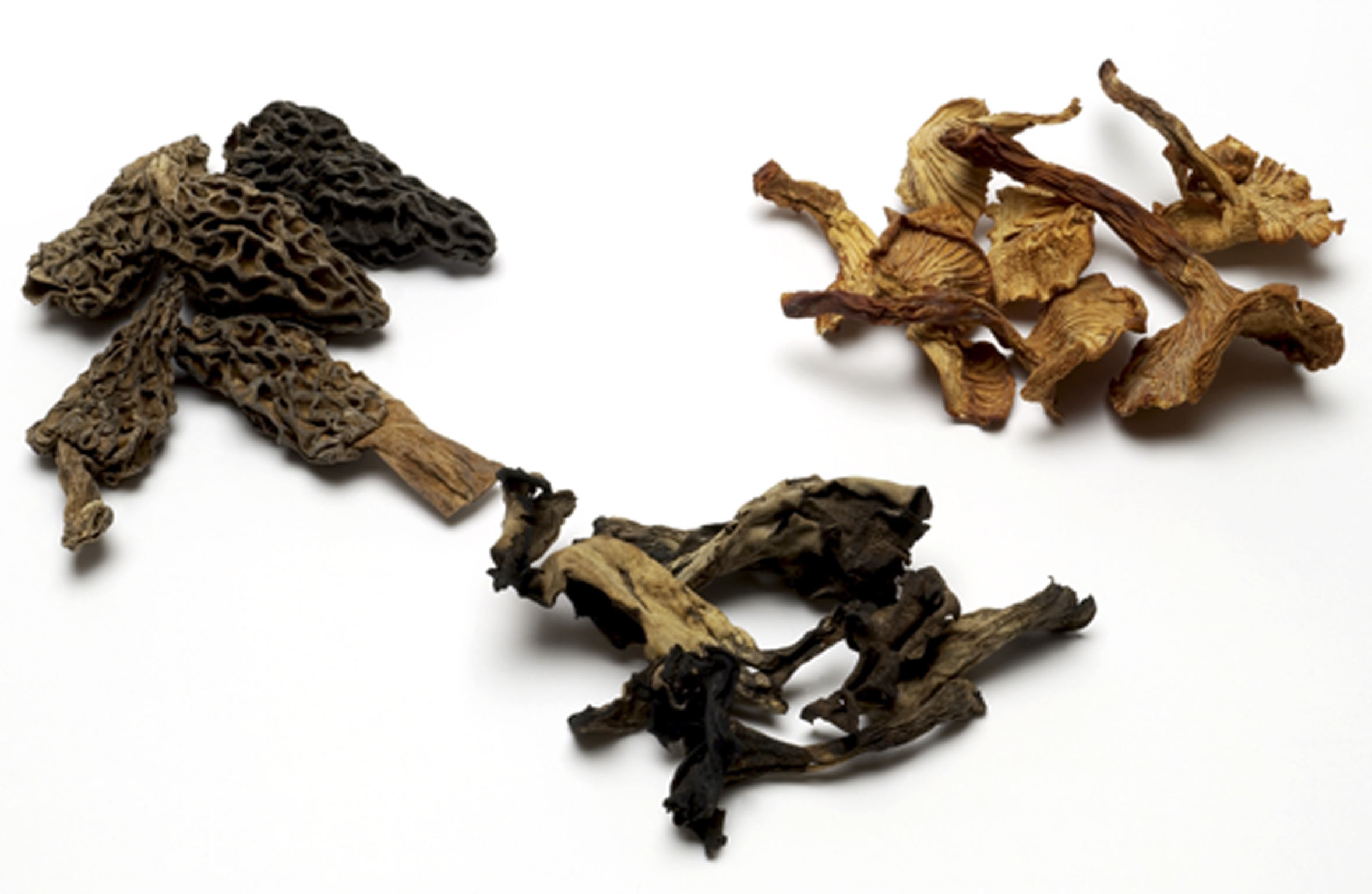Irradiated foods

In compliance with that established in framework directive 1999/2/EC that obliges each country to carry out a control of irradiated foods in their marketing phase, the CNA annually sends its results to the Commission indicating its compliance with them on the basis of European legislation.
Within the scope of accreditation the CNA has a series of methods of analysis for the detection of irradiated foods:
- using Photostimulated luminescence (PSL) – screening method; UNE-EN 13751, in aromatic herbs, infusions, mushrooms, dehydrated vegetables and oil seeds.
- by Thermoluminescence (TL); UNE-EN1788 in foods from which silicates can be extracted: aromatic herbs, infusions, mushrooms, dehydrated vegetables and oil seeds.
- by electron resonance spectroscopy (ERS); UNE-EN1786, in foods of animal origin that contain bones, molluscs, barnacles.
- using electron resonance spectroscopy (ERS); UNE-EN1787, in foods that contain cellulose: hard-shelled nuts, curry, onion and the capsicum group.
- using electron paramagnetic resonance spectroscopy (EPRS); UNE-EN13708, in irradiated foods that contain sugar: raisins.
Every year the CNA organises the only European interlaboratorial test for the detection of irradiated foods that covers the 5 physical methods categorised by the European Committee for Standardisation (CEN)
